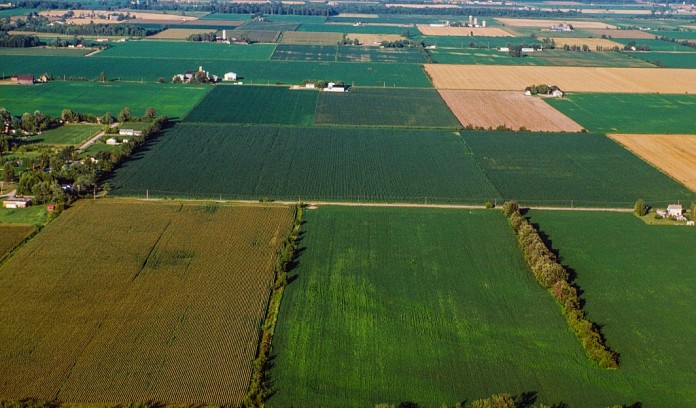Mary has been pondering an easement for her farm. She loves her land and wants it to be there for her kids and grandkids, for them to enjoy farming. Last Thanksgiving, her cousin, three hours to the west, mentioned he put an easement on his farm.
His tracts are larger, and he does a lot of cropping, but Mary prefers the learned patience that comes with the pastures. Will easements protect both kinds of farms?
She does some research and sees an old event on Facebook. It mentions Farm Bureau, the local conservancy, a Soil and Water Conservation District, and Natural Resource Conservation Service.
Mary starts to feel a little overwhelmed. The event has passed — she couldn’t have attended anyway — and there are a lot of options.
Where should she start and when is she going to have the time? Maybe she’ll call her cousin and see what he did? Do things work the same over there? Many people, like Mary, are interested in protecting what they have. Whether it be farmland, forestland, or some mix in-between, there is an information overload when you don’t know where to go.
Here are some steps to consider land easements:
• • •
1. What are your current and future uses for your land? An easement restricts actions that can occur on the land, unless specifically outlined in the easement. For example, farm easements allow for the development of structures relating to agricultural use, but not in the building of additional homesites on easement parcels.
Easements are monitored in perpetuity, which means “no end” or “forever.” Other items to consider during this step include the interest in getting involved in the energy industry or passing the land down to several family members. These actions will impact your easement choices.
2. Why do you want to protect your land? In the end, all easements behave the same in restricting development for the purposes of protecting land. However, there are a lot of ways to get there. Several farm conservation easement programs provide funding back to the landowner. These payments vary county to county in Ohio. If you are considering putting an easement on your property to make some extra money, think again. The future use of land depends more than thickness of your pocketbook. Easements are checked annually, and easement language that is not adhered to can cost a lot more than you might get from it.
3. Search for “Your county conservation easements” in an internet search engine. This will generally give you a starting point to conservation-based easements. Like Mary, you might be overwhelmed and not want to shuffle from place to place.
Most of the agencies and organizations handling conservation easements try to work with one another.
So, if you get the wrong organization on the first try, they will point you in the right direction based on what you are wanting to protect. Knowing the answers — even if it’s knowing what you don’t want to happen to your land — to the first two steps will get you a long way. Placing a conservation easement in any form on your property is a commitment and you are setting a path for the future.













